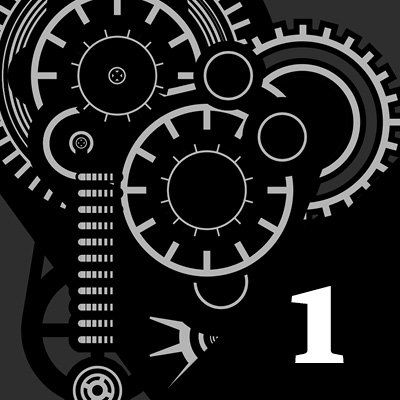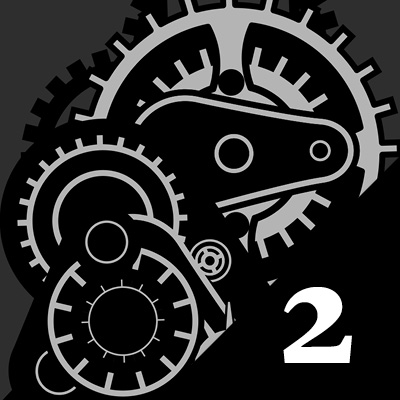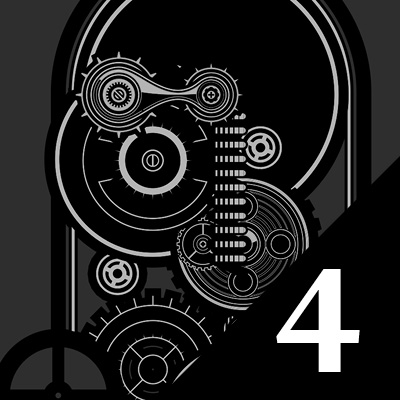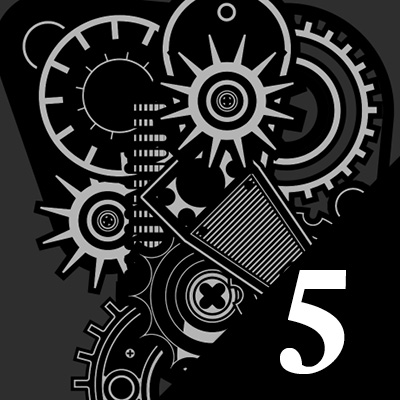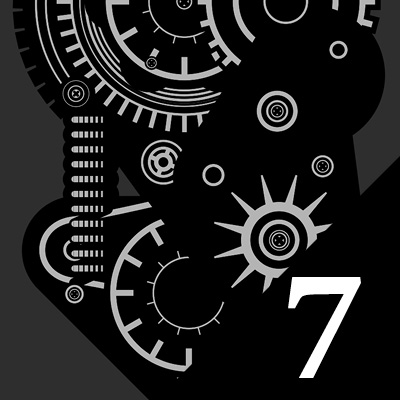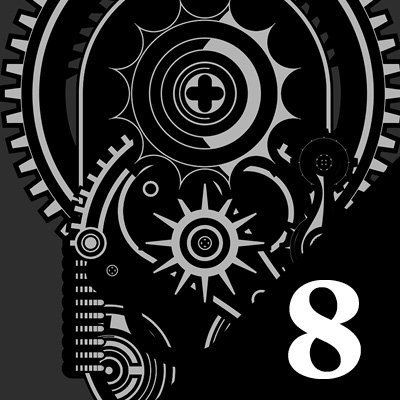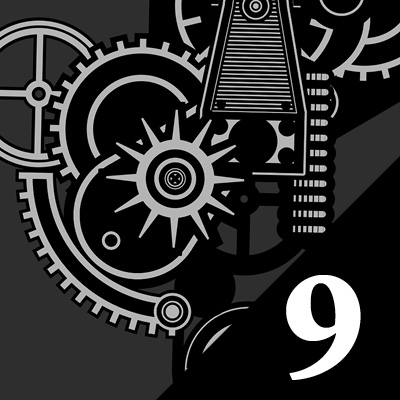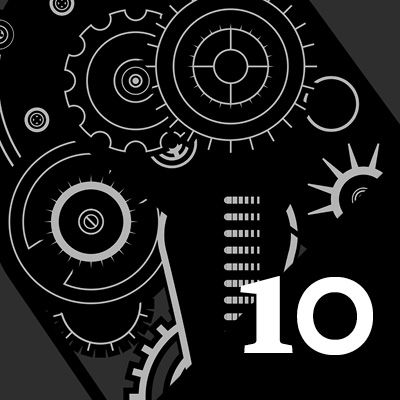Lives of Machines & The Industrial Revolution: 9
A GRANITE BAY DESIGN MICROSITE![]()
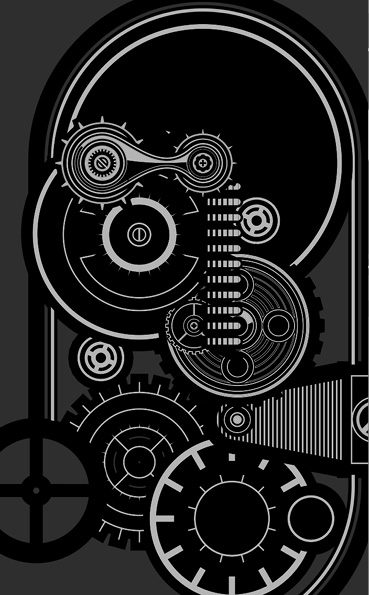 Lives of Machines and
Lives of Machines and
The Industrial Revolution: Part 9
Milestones & Terminology
1868
The evolution of the typewriter is part of the ongoing history of the human need to communicate. Gradually a machine emerged that revolutionized the work of the writer. In 1868, Christopher Sholes invented the first practical mechanical typewriter machine.The idea behind the typewriter was to apply the concept of movable type developed by Johann Gutenberg in the invention of the printing press century to a machine for individual use. While the history of typewriter development can be traced as far back as the 16th century and Francesco Rampazzetto, it wasn’t until the mid 19th century that the modern version took shape. There were many inventors who were looking at machines that could type, among them William Austin Burt (patent 5,581X External) and Alfred Ely Beach (patent number US15,164 External), Agostino Fantoni, Pellegrino Turri, Charles Thurber, Giuseppe Ravizza, and Rev. Rasmus Malling-Hansen. In the U.S., one of the first commercially made typewriters was patented in 1868 (US 79,265 External) by Christopher Latham Sholes, Carlos Glidden, and Samuel W. Soule (Sholes also had a separate patent in 1878 US 207,559 External). The 1868 patent was sold to E. Remington & Sons (then known for manufacturing sewing machines) who began production on March 1, 1873 under the name Sholes and Glidden Type-Writer. This model eventually became the Remington Typewriter and it is this machine that popularized the QWERTY layout we are still using on our computer keyboards. [1]
What Mechanisms Are Part of Industrial Machines?
The mechanism of a mechanical system is assembled from components called machine elements. These elements provide structure for the system and control its movement. The structural components are, generally, the frame members, bearings, splines, springs, seals, fasteners and covers. The shape, texture and color of covers provide a styling and operational interface between the mechanical system and its users. The assemblies that control movement are also called “mechanisms.”[46][54] Mechanisms are generally classified as gears and gear trains, which includes belt drives and chain drives, cam and follower mechanisms, and linkages, though there are other special mechanisms such as clamping linkages, indexing mechanisms, escapements and friction devices such as brakes and clutches. The number of degrees of freedom of a mechanism, or its mobility, depends on the number of links and joints and the types of joints used to construct the mechanism. The general mobility of a mechanism is the difference between the unconstrained freedom of the links and the number of constraints imposed by the joints. It is described by the Chebychev-Grübler-Kutzbach criterion. [2]
“Don’t spend a lot of time on trying to cobble together a fully-integrated solution if the systems aren’t designed to play well together..”
Chris Kuntz
The Industrial Revolution
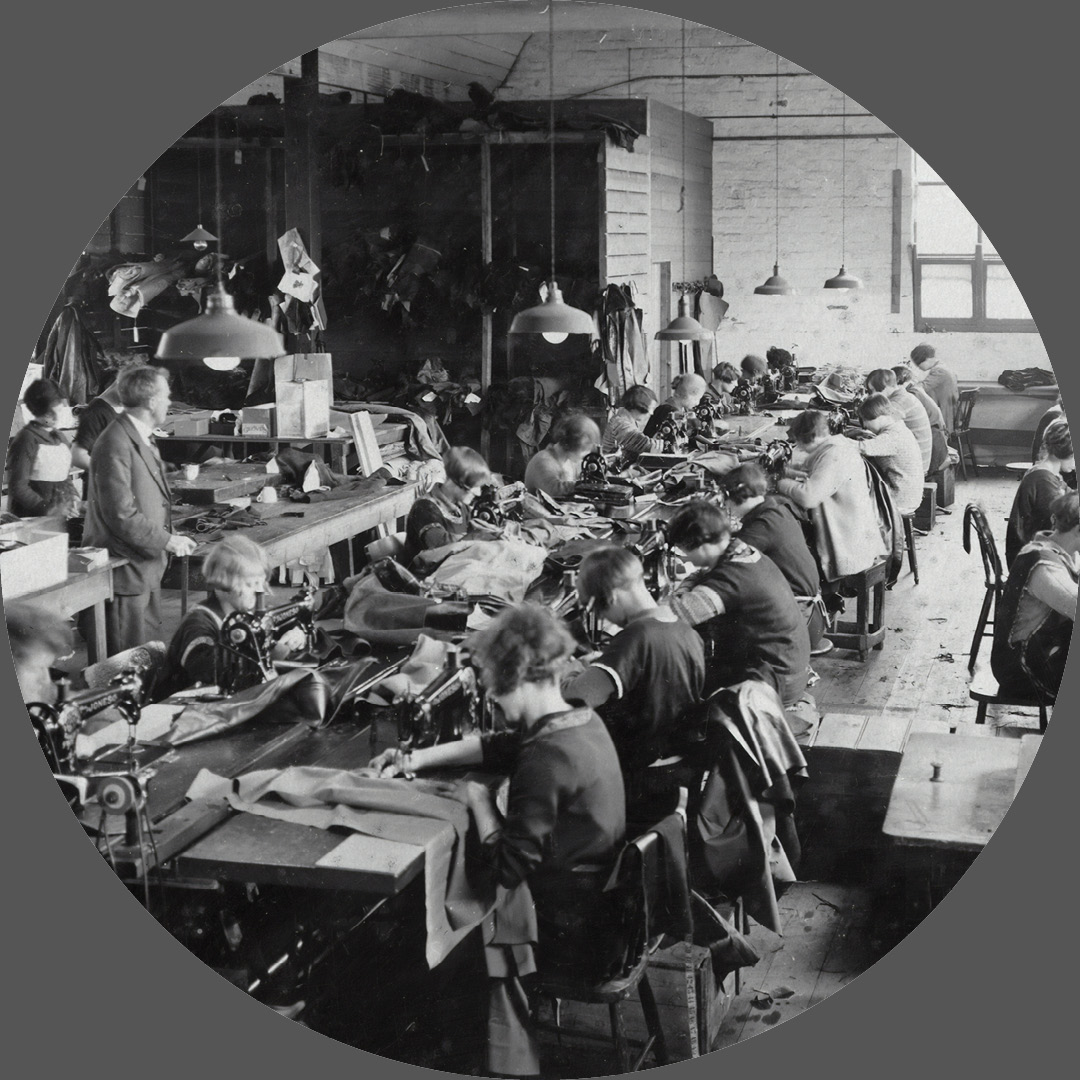
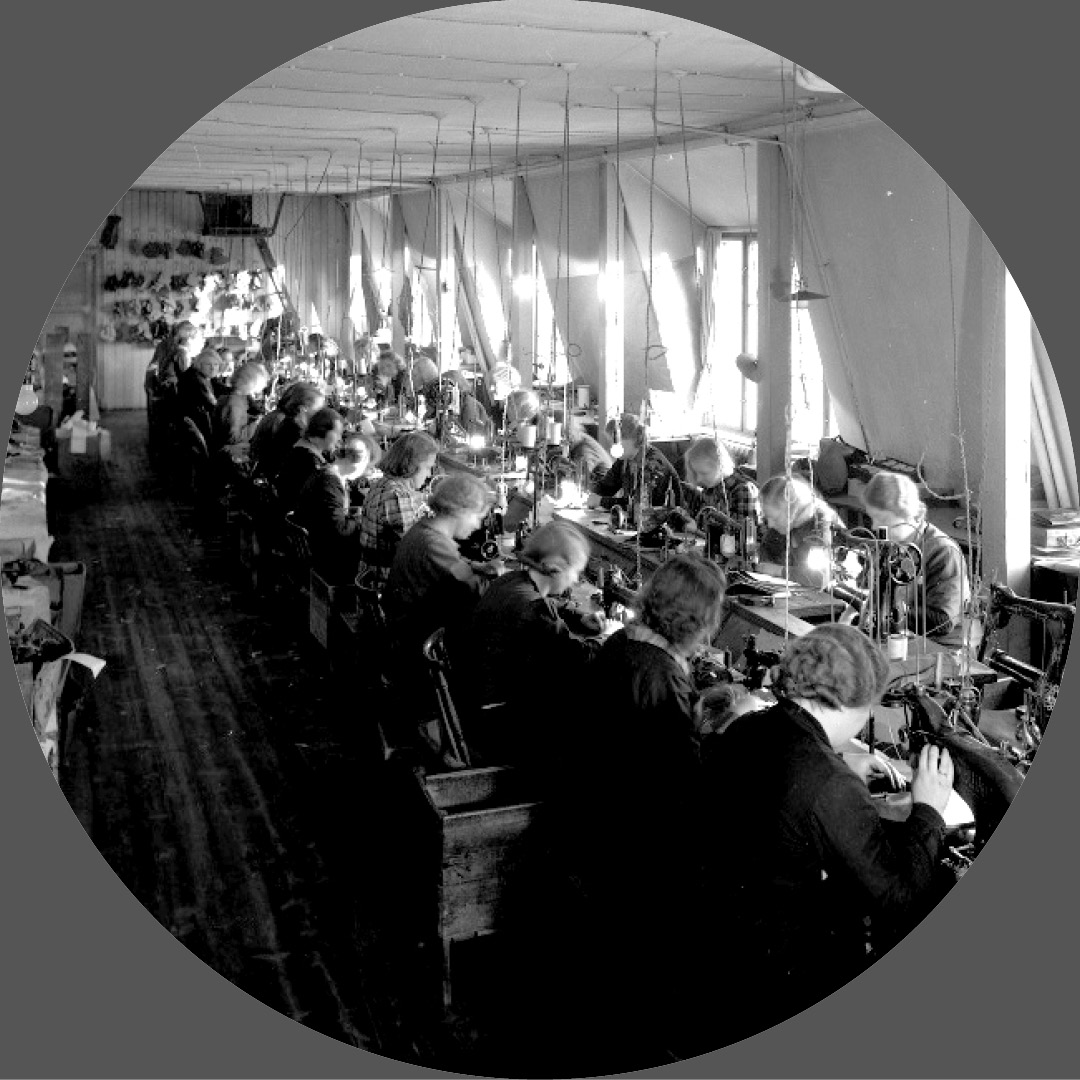
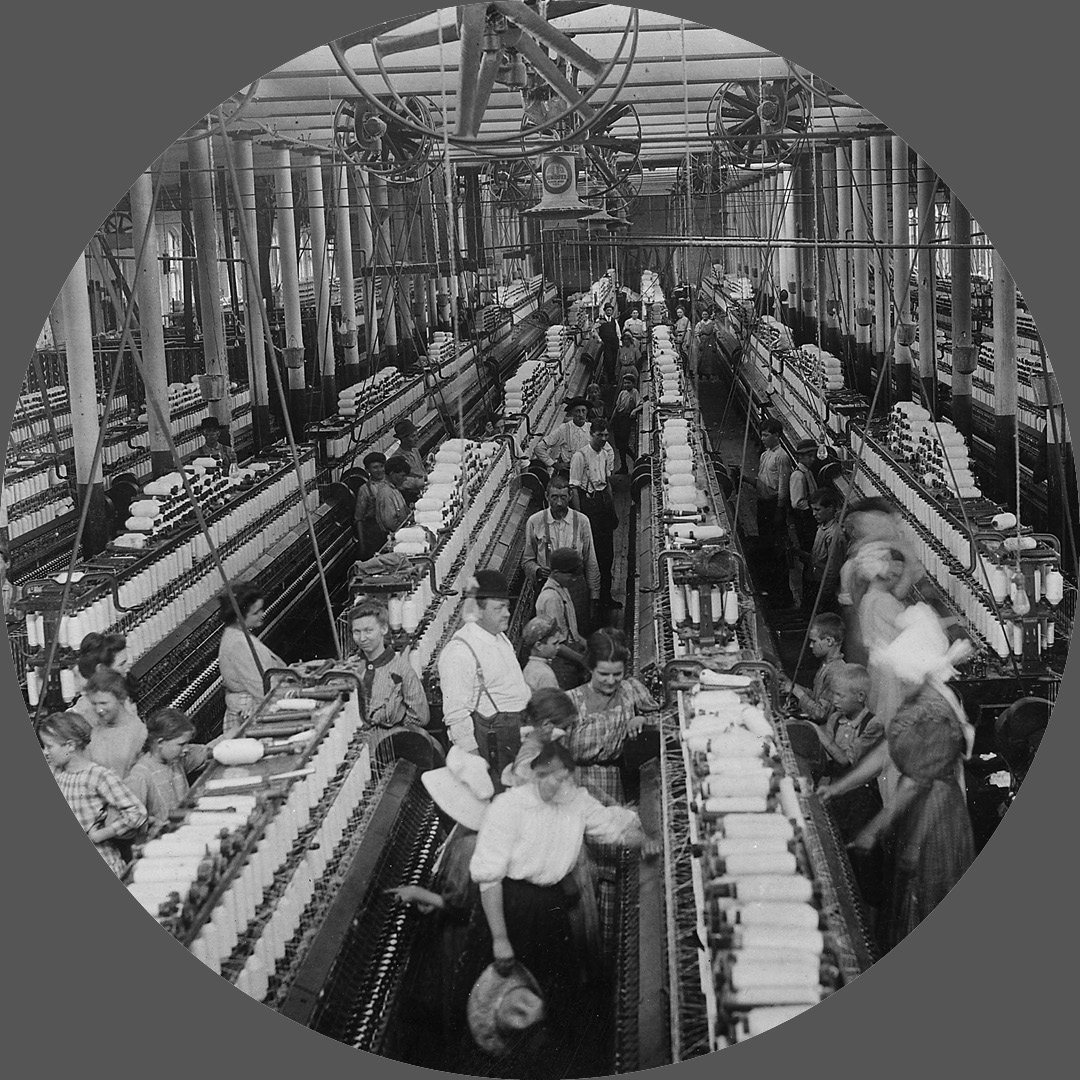
What Is Capitalism? Capitalism is an economic system in which private individuals or businesses own capital goods. At the same time, business owners (capitalists) employ workers (labor) who receive only wages; labor doesn’t own the means of production but instead uses them on behalf of the owners of capital. The production of goods and services under capitalism is based on supply and demand in the general market—known as a market economy—rather than through central planning—which is known as a planned economy or command economy. The purest form of capitalism is free-market or laissez-faire capitalism. Here, private individuals are unrestrained. They may determine where to invest, what to produce or sell, and at which prices to exchange goods and services. The laissez-faire marketplace operates without checks or controls. Today, most countries practice a mixed capitalist system that includes some degree of government regulation of business and ownership of select industries. [3]
[1] is from one of two sources, either Riyasamdani or Historic UK. [2] is from Wikipedia and [3] is from The Gutenberg Project section on The Industrial Revolution. The period photographs are from a variety of public domain sources. You can use the thumbnail gallery below to navigate through the site.

